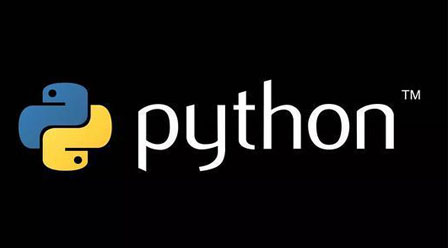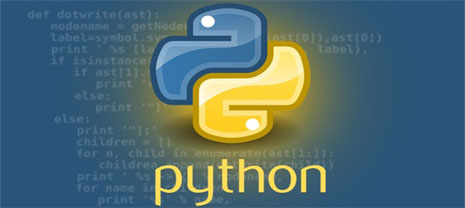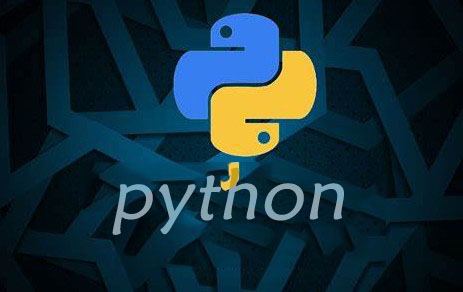1. 引用计数和对象销毁
对于简单对象,当执行删除对象的操作时会调用__del__()方法。
对于包含循环引用的复杂对象,引用计数器有可能永远也不会归零,这样就很难让__del__()方法被调用。
我们用下面的一个类来看看这个过程中到底发生了什么。
class Noisy: def __del__( self ): print( "Removing {0}".format(id(self)) )我们可以像下面这样创建和删除这个对象。
>>> x= Noisy() >>>del x Removing 4313946640 一旦变量被删除,就没有任何地方引用Noisy实例,所以它也可以被清除。 >>> ln = [ Noisy(), Noisy() ] >>> ln2= ln[:] >>> del ln
2. 循环引用和垃圾回收
下面我们用这两个类来看看循环引用。
class Parent: def __init__( self, *children ): self.children= list(children) for child in self.children: child.parent= self def __del__( self ): print( "Removing {__class__.__name__} {id:d}". format( __class__=self.__class__, id=id(self)) ) class Child: def __del__( self ): print( "Removing {__class__.__name__} {id:d}". format( __class__=self.__class__, id=id(self)) )3. 循环引用和weakref模块
4. __del__()方法和close()方法
__del__()方法最常见的用途是确保文件被关闭。
通常,包含文件操作的类都会有类似下面这样的代码。
__del__ = close
这会保证__del__()方法同时也是close()方法。
大家如果碰到其他更复杂的情况最好使用上下文管理器。以上就是关于del的函数能够碰到的几种场景,只需要浏览几遍,就可以理解内容了哦~










